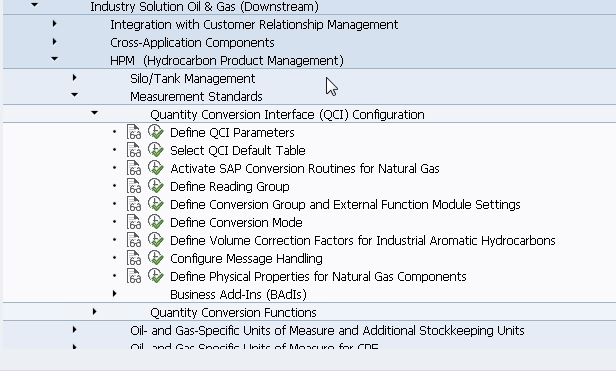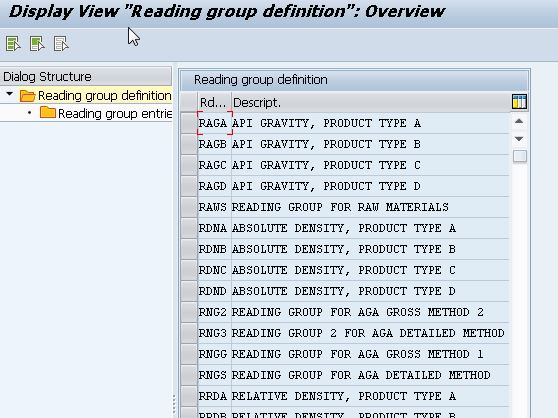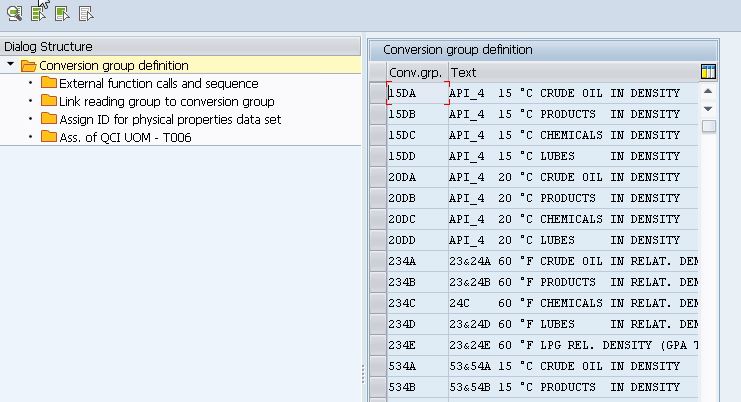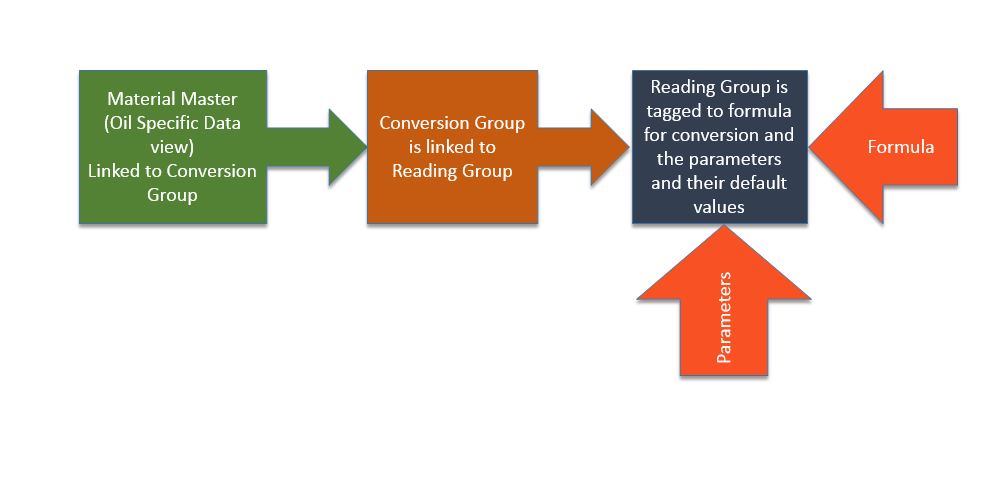
Have you ever wondered how those formulae which you studied in school can be used in real life? Let’s consider the Boyle’s and Charle’s law today… sure you remember this right?
PV = nRT.
While working in the IS Oil Implementation project, I realized that this is what people mean when they are generally asking about quantity conversion. If Quantity Conversion is giving you nightmares, then fear now more…. this is something you already know and in this blog sequence, we will provide SAP information which will make your life easier.
In Oil Industry, temperature and density of the fluids are also recorded while recording the quantity for any transfer so that quantities can be calculated at the standard temperature and density (which is then used for comparison). If you feed the temperature and density with the transaction, SAP will calculate quantities in all the unit of measures automatically if the configuration for Quantity conversion is correctly done.
Let’s see how the configuration is done. If you have IS Oil Solution installed, then browse through the SPRO –
Industry Solution Oil and Gas>HPM (Hydrocarbon Product Management)>Measurement Standards>Quantity Conversion Interface (QCI) Configuration.

Maintain the reading group and corresponding parameters. You can also set whether you want to call an external routine or SAP FM for the calculation.



Now reading groups are linked to conversion groups which are maintained in Material master.

Please bear in mind that conversion varies with each reading group. The chart will show how the configuration can be complete. Why we need different formulae? Because the composition of each material is not same and the due to composition, the formula varies. These formulae are universally accepted and you should use the one which is approved by business. If we complete the whole picture, it will look like this –

For storing the extra parameters which are used for Quantity conversion, SAP provides a set of extra tables with MSEG, ISEG, LIPS etc – with extension o1 and o2.









